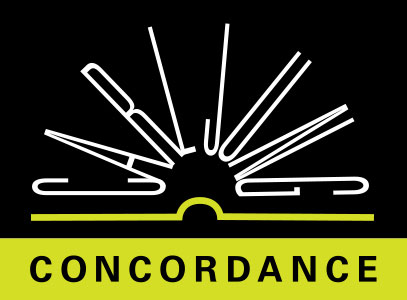Vision:
Death's-Head
A death's-head. The dreamer wants to kick it away, but cannot. The skull gradually changes into a red ball, then into a woman's head which emits light
VISION COMMENTARY
The skull soliloquies of Faust and of Hamlet are reminders of the appalling senselessness of human life when “sicklied o'er with the pale cast of thought.” It was traditional opinions and judgments that caused the dreamer to dash aside the doubtful and uninviting-looking offerings. But when he tries to ward off the sinister vision of the death's-head it is transformed into a red ball, which we may take as an allusion to the rising sun, since it at once changes into the shining head of a woman, reminding us directly of vision 7 ( par. 67 )
CW12 ¶ 108A PLAY OF OPPOSITES HAS OCCURRED
Evidently an enantiodromia, a play of opposites, has occurred: after being rejected the unconscious insists on itself all the more strongly. First it produces the classical symbol for the unity and divinity of the Self, the sun; then it changes into the theme of the unknown woman who personifies the unconscious. Naturally this theme includes not merely the archetype of the anima but also the dreamer's relationship to a real woman, who is both a human personality and a vessel for the psyche. ( “Basin of the sister” in dream 15, par. 91 )
CW12 ¶ 108SOUL'S AFFINITIES WITH THE SPHERE
In Neoplatonic philosophy the soul has definite affinities with the sphere. The soul substance is laid round the concentric spheres of the four elements above the fiery heaven
CW12 ¶ 109